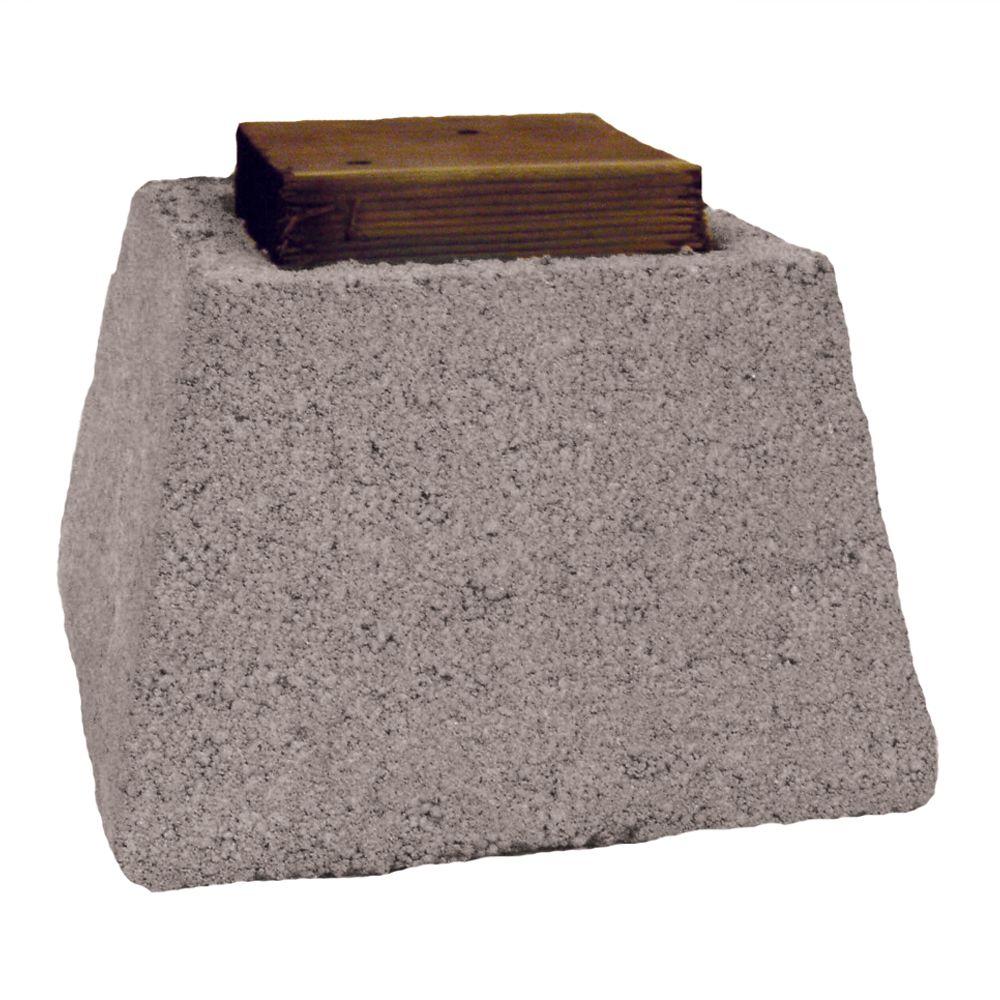
The blocks are turned into three large blocks, which are three or four blocks high and six blocks wide, and moved to the warehouse.Cured concrete blocks are removed with shelves from the oven.Here, the blocks are baked with low pressure steam or in a high pressure steam oven called an autoclave. The hardening furnace is in the form of a chamber with a width that can fit more than one shelf at a time.After each shelf is filled, it is transported to the hardening furnace. The pallets loaded with blocks are transferred to the stacker and from there to the curing rack.The compressed blocks are pushed out with a pallet.When the molds are completely filled, they are compressed with the upper mold head and hydraulic system.The machine pushes the fluid concrete into the molds at the bottom. Concrete passes into another chamber on the block machine.It is poured into the conveyor after mixing.At this stage, colorants and chemicals can be added. If the plant is in a hot area, the temperature of the water should be adjusted carefully. After the dry ingredients are thoroughly mixed, water is added to the mixer.Dry ingredients are transferred to a mixer and then This can be done with a bamboo mixer or a pan mixer.The materials to be used (sand, gravel and cement) are weighed to ensure that they are available in the required amount.The answer to the question “How to make concrete blocks?” can be explained by the following stages: In addition, dye pigments can be added for coloring purposes. The purpose of these chemicals is to increase the strength of the block. In addition to the basic materials, some chemicals can be added during concrete block making. Lightweight concrete blocks can be made with pumice. These blocks are used for walls that do not carry much load. The average weight of these blocks is 10.0 – 12.7 kg. In these, expansive clay is used instead of sand and gravel. While the average weight of a typical concrete block is between 17.2 and 19.5 kg, the weight of a slag block is between 11.8 and 15.0 kg.Īnother type of block is lightweight concrete blocks. The blocks generated right are called slag blocks. Granulated coal or slag can be used instead of sand and gravel in concrete block making. It does not store any personal data.How To Make Concrete Blocks ? Which Process Is Followed ? The cookie is set by the GDPR Cookie Consent plugin and is used to store whether or not user has consented to the use of cookies. The cookie is used to store the user consent for the cookies in the category "Performance". This cookie is set by GDPR Cookie Consent plugin. The cookie is used to store the user consent for the cookies in the category "Other. The cookies is used to store the user consent for the cookies in the category "Necessary". The cookie is set by GDPR cookie consent to record the user consent for the cookies in the category "Functional". The cookie is used to store the user consent for the cookies in the category "Analytics". These cookies ensure basic functionalities and security features of the website, anonymously. Necessary cookies are absolutely essential for the website to function properly. HOLLOW CONCRETE BLOCKS (215MM) (7N) PER M2 £25.95 Ex.HOLLOW CONCRETE BLOCKS (200MM) PER M2 £23.45 Ex.CELCON STANDARD THERMAL BLOCKS (100MM) (3.6N) £18.99 Ex.SOLID CONCRETE BLOCKS (140MM) (7N) PER M2 £18.99 Ex.



SOLID CONCRETE BLOCKS (75MM) PER M2 £12.96 Ex.HOLLOW CONCRETE BLOCKS (100MM) PER M2 £12.59 Ex.THERMAL FOUNDATION BLOCKS (275MM) PER M2 Price on Request Add To Quote.THERMAL BLOCKS (140MM) PER M2 Price on Request Add To Quote.


 0 kommentar(er)
0 kommentar(er)
